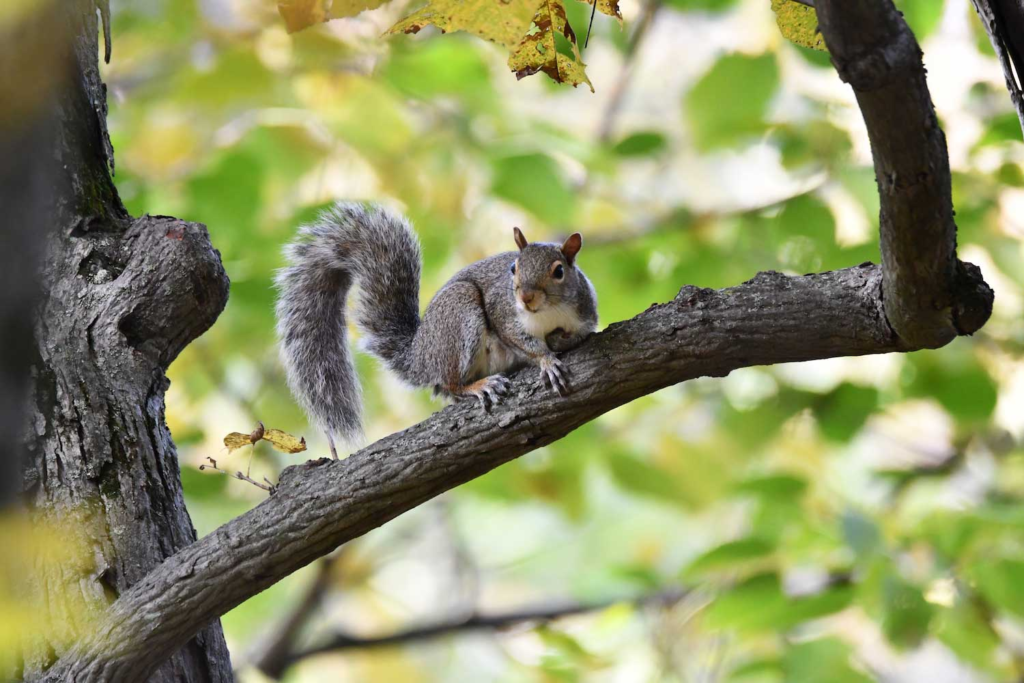Animals Living On Trees
Animals Living On Trees by Delta publications
Key notes :
Arboreal Animals

- Definition: Animals that live in trees are called arboreal animals.
- Adaptations: These animals have special adaptations like strong limbs, prehensile tails, and sharp claws to help them climb and move through the trees.
Examples of Arboreal Animals
- Monkeys: Use their long arms and tails to swing from branch to branch.

- Squirrels: Have sharp claws and a bushy tail for balance.

- Koalas: Use their strong claws to grip tree trunks.

- Sloths: Move slowly through trees, hanging upside down from branches.

- Birds: Many birds live in trees, building nests high up to stay safe from predators.

Adaptations for Survival
- Camouflage: Many arboreal animals have fur or skin colors that blend with the tree bark and leaves, helping them hide from predators.
- Prehensile Tails: Some animals, like monkeys and chameleons, have tails that can grip branches, acting like an extra hand.
- Claws and Grips: Sharp claws help animals like squirrels and koalas to grip and climb tree trunks and branches securely.
Role in the Ecosystem
- Seed Dispersal: Animals like monkeys and birds help in dispersing seeds by eating fruits and dropping the seeds in different locations, which helps trees grow in new areas.
- Pollination: Some arboreal animals, such as certain birds and insects, help pollinate trees by transferring pollen as they move from flower to flower.
Food and Shelter
- Food Sources: Trees provide food such as fruits, leaves, and insects for arboreal animals.
- Shelter: Trees offer shelter and nesting sites, protecting these animals from predators and harsh weather.
Threats to Arboreal Animals
- Deforestation: The cutting down of trees for agriculture, urban development, and logging threatens the habitats of these animals.
- Climate Change: Changes in climate can affect the availability of food and suitable habitats for arboreal animals.
Conservation Efforts
- Habitat Protection: Protecting forests and planting more trees can help preserve the natural habitats of arboreal animals.
- Wildlife Sanctuaries: Establishing sanctuaries and protected areas ensures that these animals have safe environments to live and thrive.
Let’s practice!

